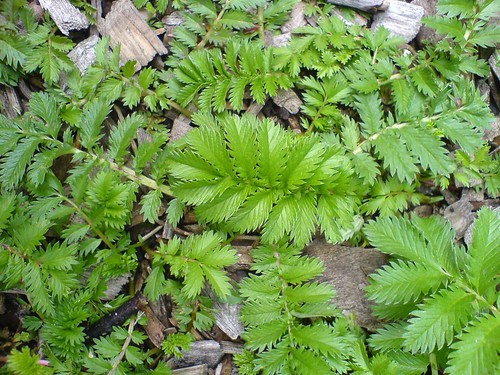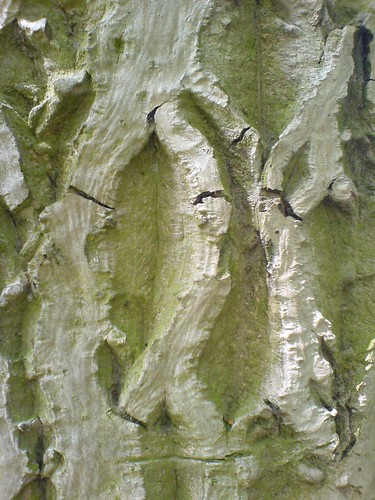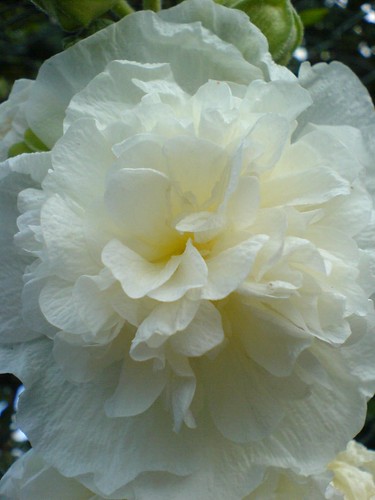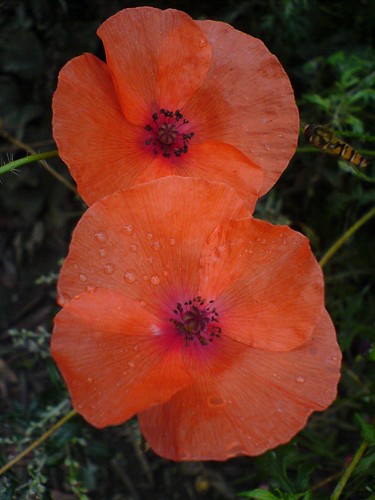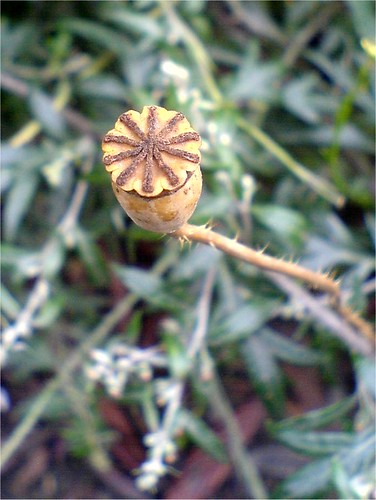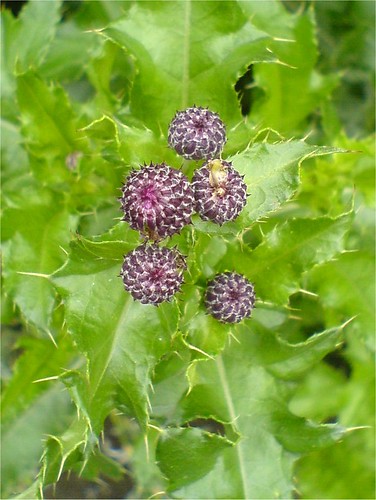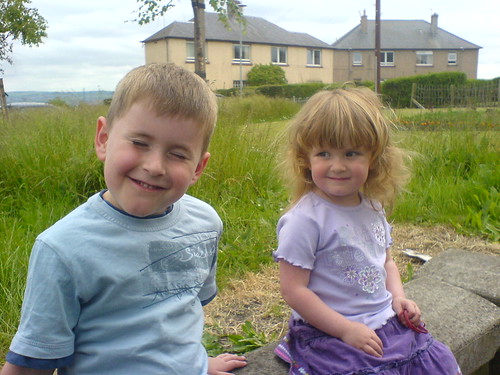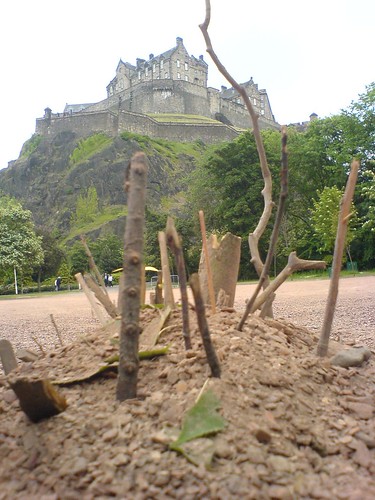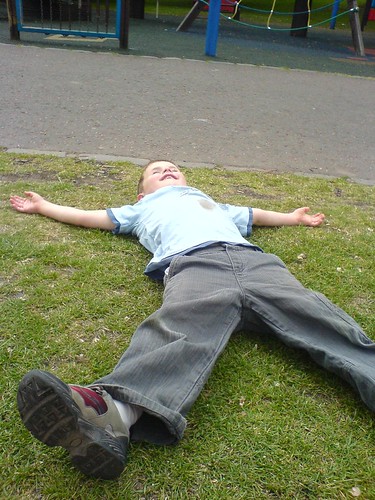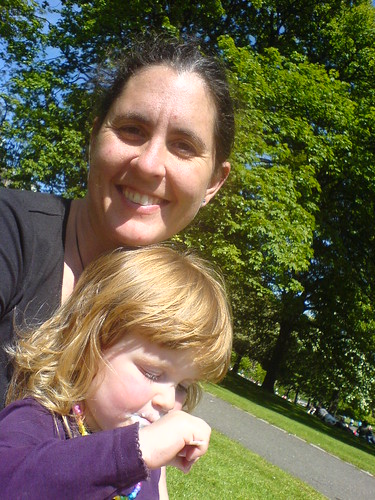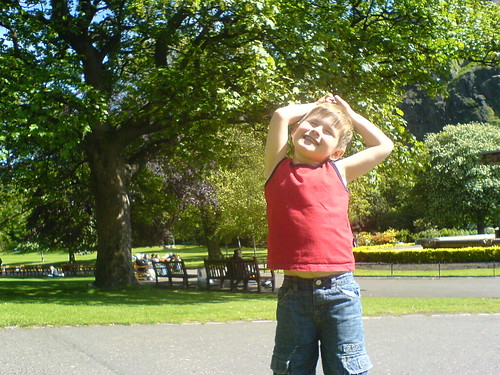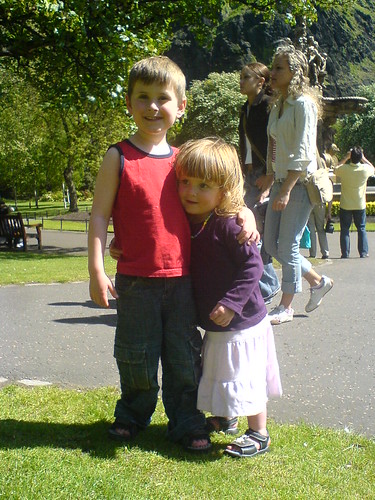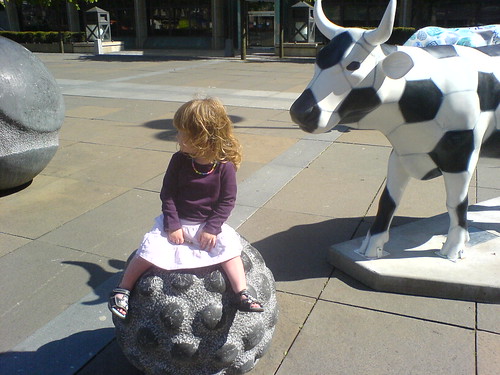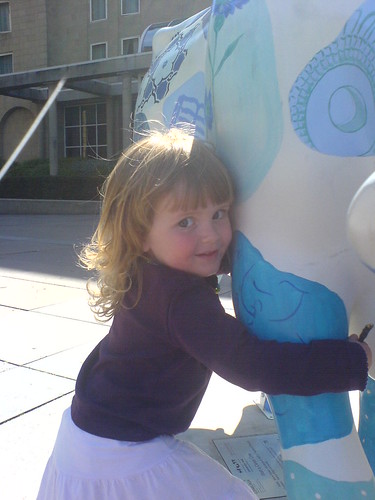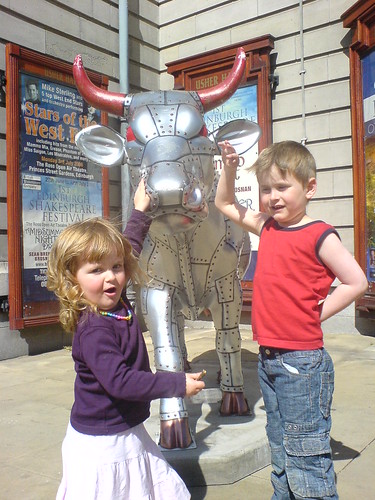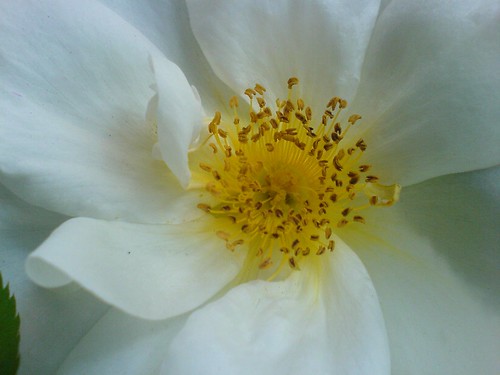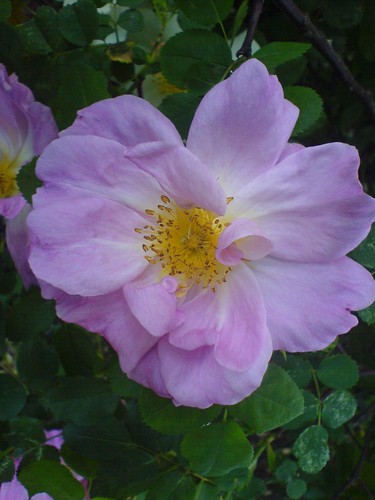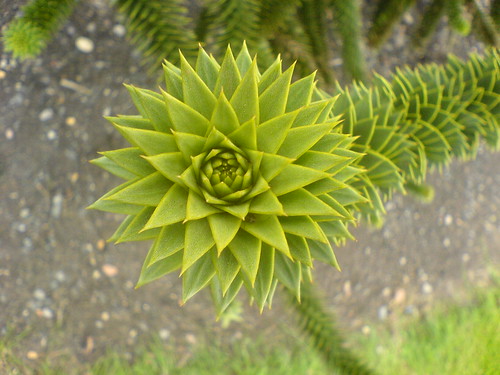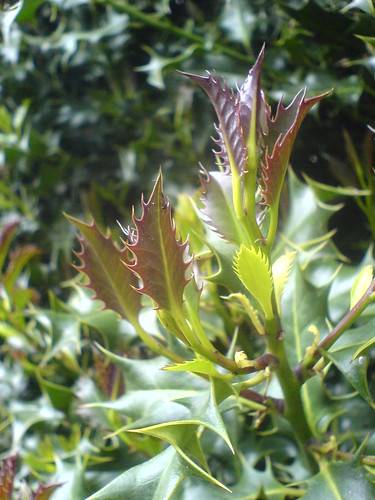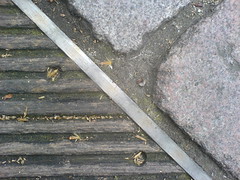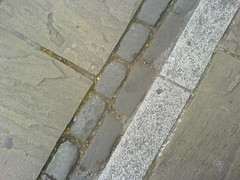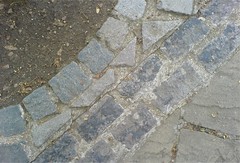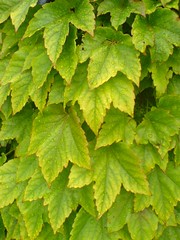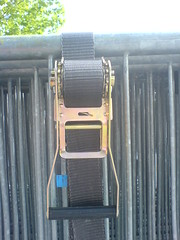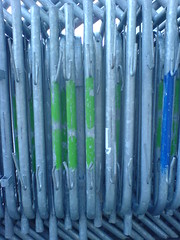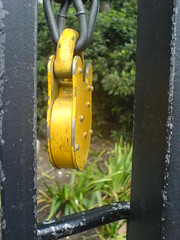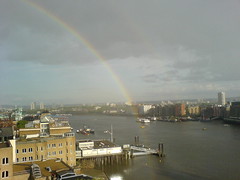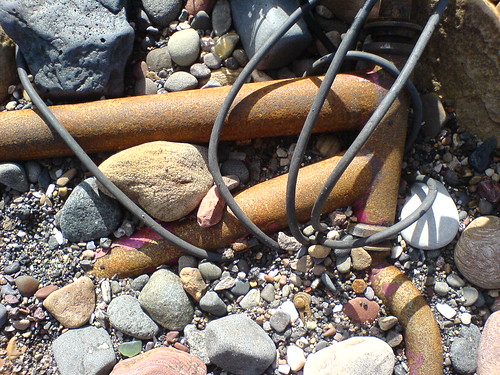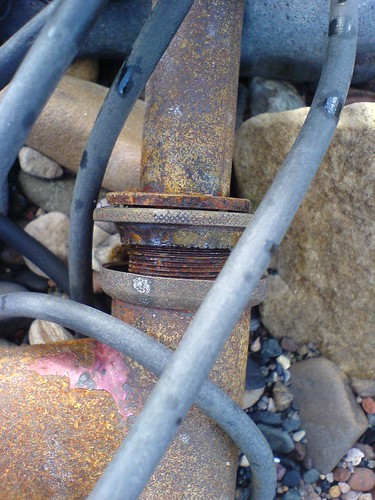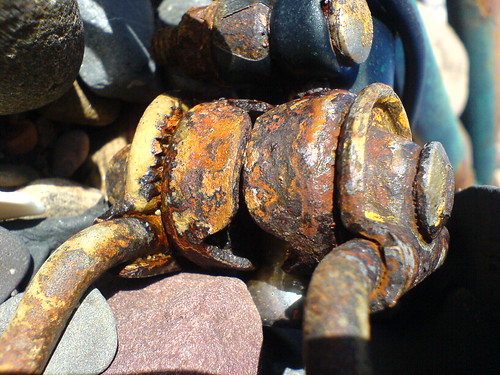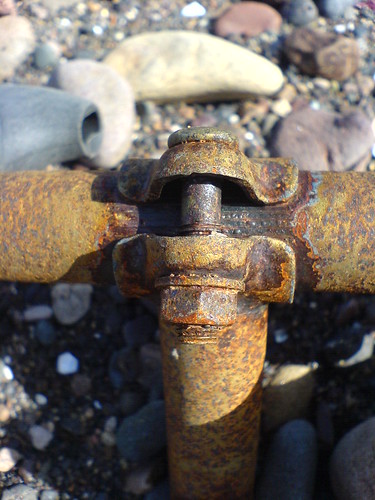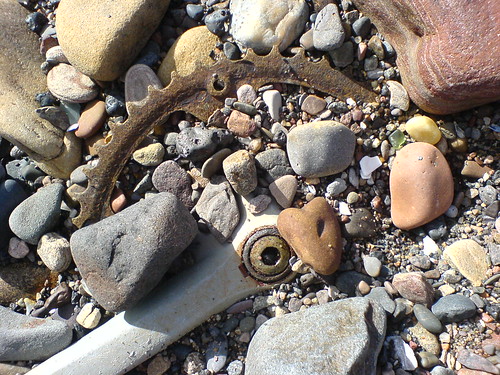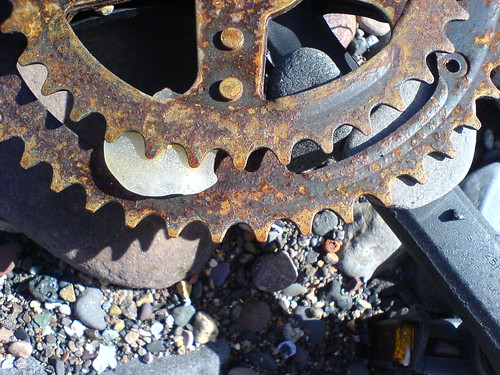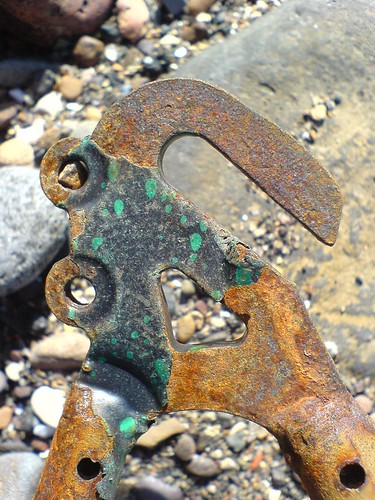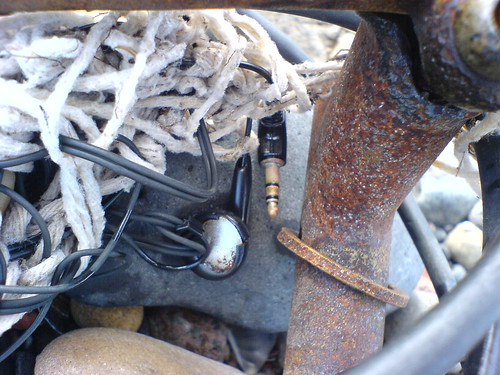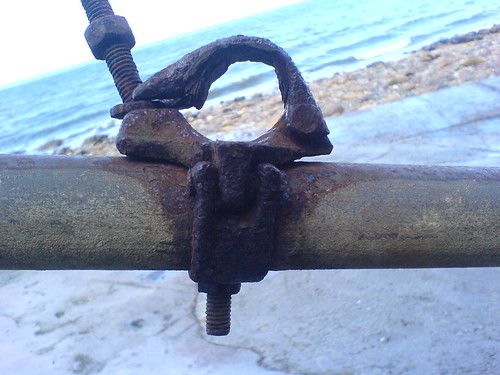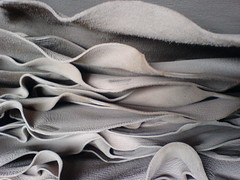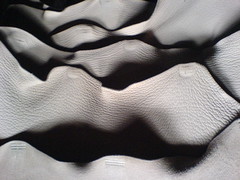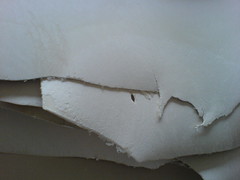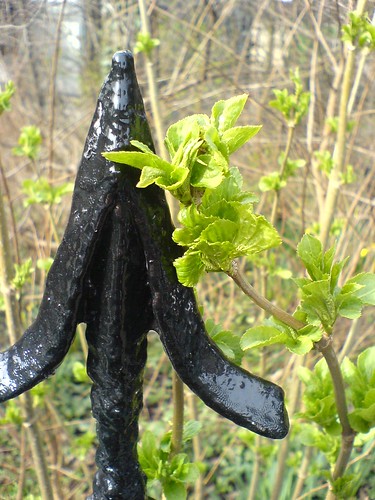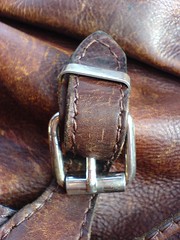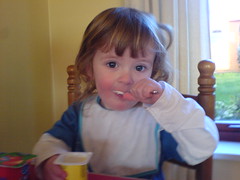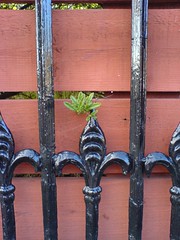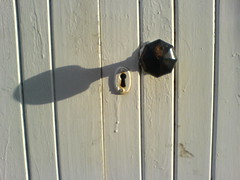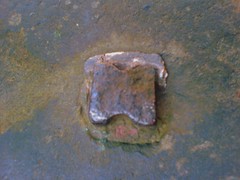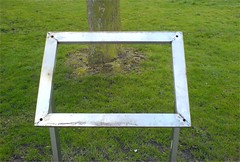By about the fourth century AD, pretty much all written information in Europe was stored in codices. A codex consisted of vellum or parchment pages, each folded once, sewn in variable-sized signatures. Sewing threads were linen, and connected the signatures with chain stitches. The stitching also attached wooden boards, which were the same size as the pages, and whose weight kept the pages from cockling and buckling (vellum and parchment expand and contract a lot with variations in atmospheric moisture.)
These books were stored lying down, with their titles written on either the fore edge or the spine. Spines were not glued in any fashion, so these books felt fairly sloppy in the hand. It wasn’t a perfect style – the stitching tended to break at the covers, requiring the whole book to be re-sewn – but it beat scrolls. For four centuries, nothing much changed.
Then, once again, someone did something clever. Rather than sewing the book with chain stitches, they started sewing the signatures onto leather strips or linen cords running across the spine. These cords could then be laced into the wooden covers, providing a much more secure attachment.
Another four hundred years passed (these centuries are just zipping by! This is the pace of change you get when books are rare, expensive items produced by monks.). A trendy new material spread through Europe during the 1100’s – paper. It was cheaper than vellum, not as prone to swelling like mad in the moisture, but it was fragile, particularly at the folds.
To protect this new stuff, binders began – tentatively – using leather rather than vellum to cover books. They started sticking the leather directly to the spines of the books, either with hide glues or with starch pastes.
Adhesives on spines changed everything. It made the books hang together better. Suddenly books were cohesive structures! They were also beautiful, on the outside as well as the inside. Binders started – tentatively – adding gold decoration to the covers and sewing brightly coloured silk headbands at the top and bottoms of the spines.
When Gutenberg arrived, bookbinding went (relatively) mass-market. Over the next century, binding moved out of the monasteries and into the royal courts. Monarchs wanted pretty books* in large. Spines became rounded, making the books strong enough to be stored standing up**. Endpapers were introduced, often marbled. And covers began to glitter with gold.
* Elizabeth I of England, for instance, had her entire library bound in different colours of velvet. It was said to be quite a sight.
** A good thing, too – library sizes grew an order of magnitude after moveable type reduced the cost of book production.
Originally posted on Making Light

